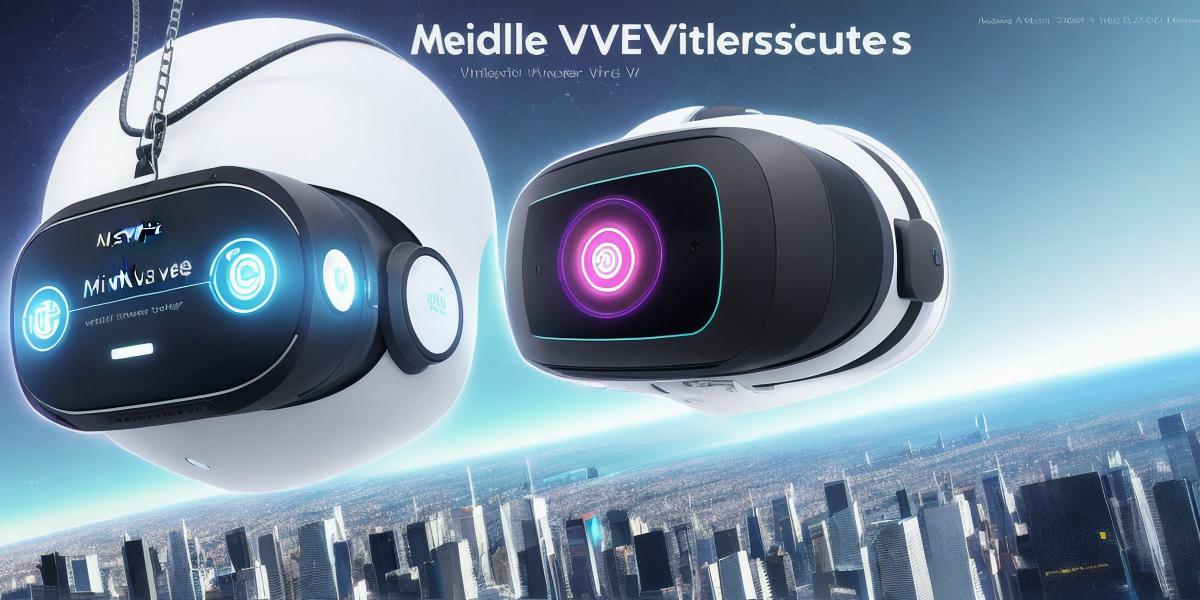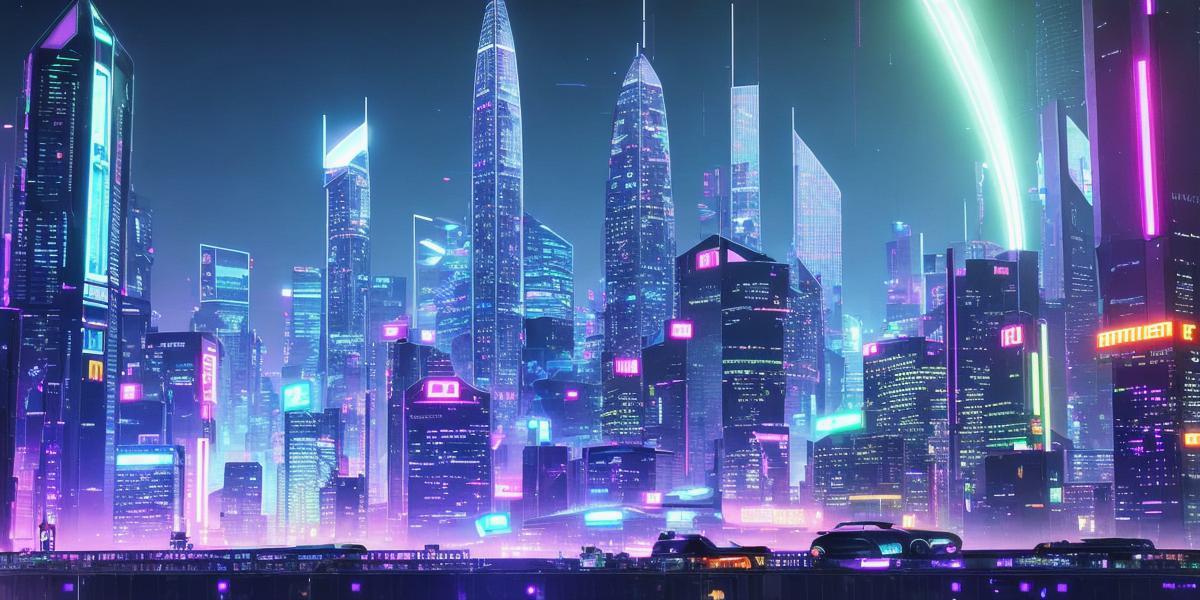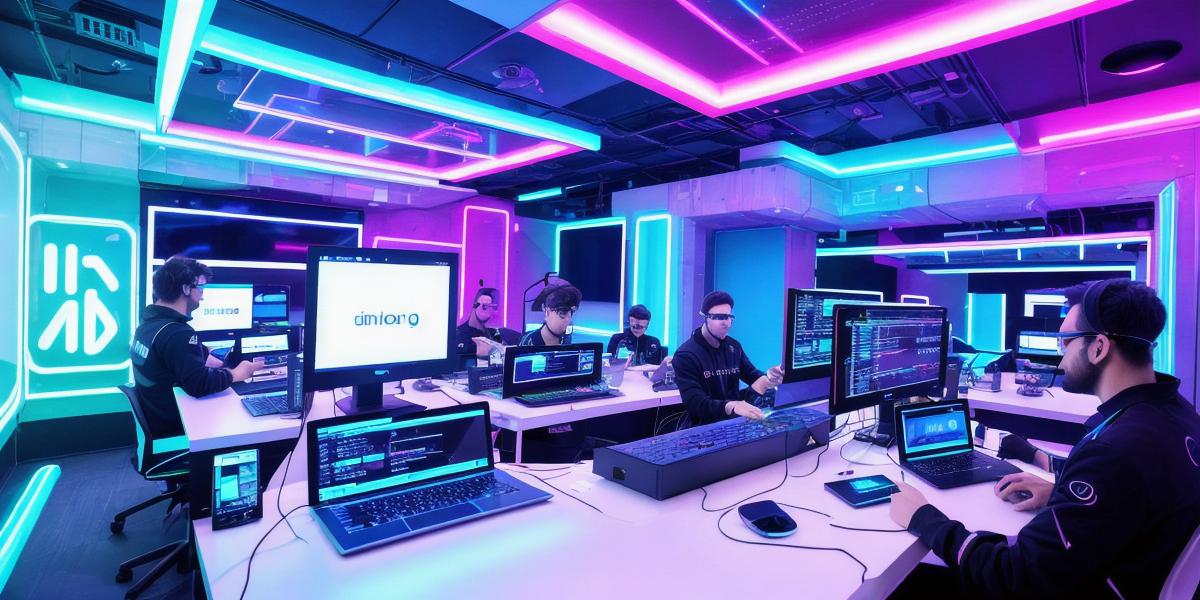In recent years, the metaverse has become an increasingly popular topic among tech enthusiasts and industry experts. This virtual world, where people can interact with each other and the digital environment around them, offers endless possibilities for innovation and creativity. For metaverse developers, it is essential to stay up-to-date with the latest developments in this field to create immersive and engaging experiences for users. In this guide, we will explore some of the most exciting trends and innovations in the metaverse that are shaping the future of virtual reality.
1. Augmented Reality (AR) and Virtual Reality (VR)
One of the key technologies driving the metaverse is augmented reality (AR) and virtual reality (VR). These immersive technologies allow users to experience a digital world that blends with their real-world surroundings. AR and VR have already found applications in gaming, education, and healthcare, but they have enormous potential for other fields as well. For example, architects can use AR to visualize building designs in 3D, while doctors can use VR to simulate surgeries before performing them on real patients.
2. Blockchain Technology
Another critical component of the metaverse is blockchain technology. This decentralized, distributed ledger system allows for secure and transparent transactions between users without the need for intermediaries like banks or governments. In the metaverse, blockchain can be used to create a digital economy that enables users to buy, sell, and trade virtual goods and services. It can also help protect intellectual property rights and ensure that creators are fairly compensated for their work.
3. Social Media and Gaming
Social media platforms and gaming communities are also playing a significant role in the metaverse. As more people enter virtual worlds, these platforms become essential hubs for communication, collaboration, and social interaction. For developers, it is crucial to understand how these platforms work and how they can be leveraged to create engaging experiences for users.
4. 5G Networks
The rollout of 5G networks is another key development that is shaping the metaverse. These high-speed networks allow for faster data transfer rates, lower latency, and greater connectivity, making it possible to create more immersive and interactive experiences for users. For developers, this means that they need to optimize their applications for these networks to ensure that they can run smoothly and efficiently.

Case Study: Decentraland
One example of a metaverse platform that is leading the way in innovation is Decentraland. This virtual world uses blockchain technology to enable users to own and control their own avatars, buy and sell virtual land, and participate in games and other activities. Decentraland also has its economy, where users can trade goods and services using cryptocurrency.
Summary
The metaverse is a rapidly evolving field that presents exciting opportunities for innovation and creativity. For metaverse developers, it is essential to stay up-to-date with the latest developments in this field to create immersive and engaging experiences for users. By leveraging technologies like AR/VR, blockchain, social media, and 5G networks, developers can create new worlds that offer endless possibilities for exploration, interaction, and creativity. The future of virtual reality is bright, and it is up to us to shape its direction.




